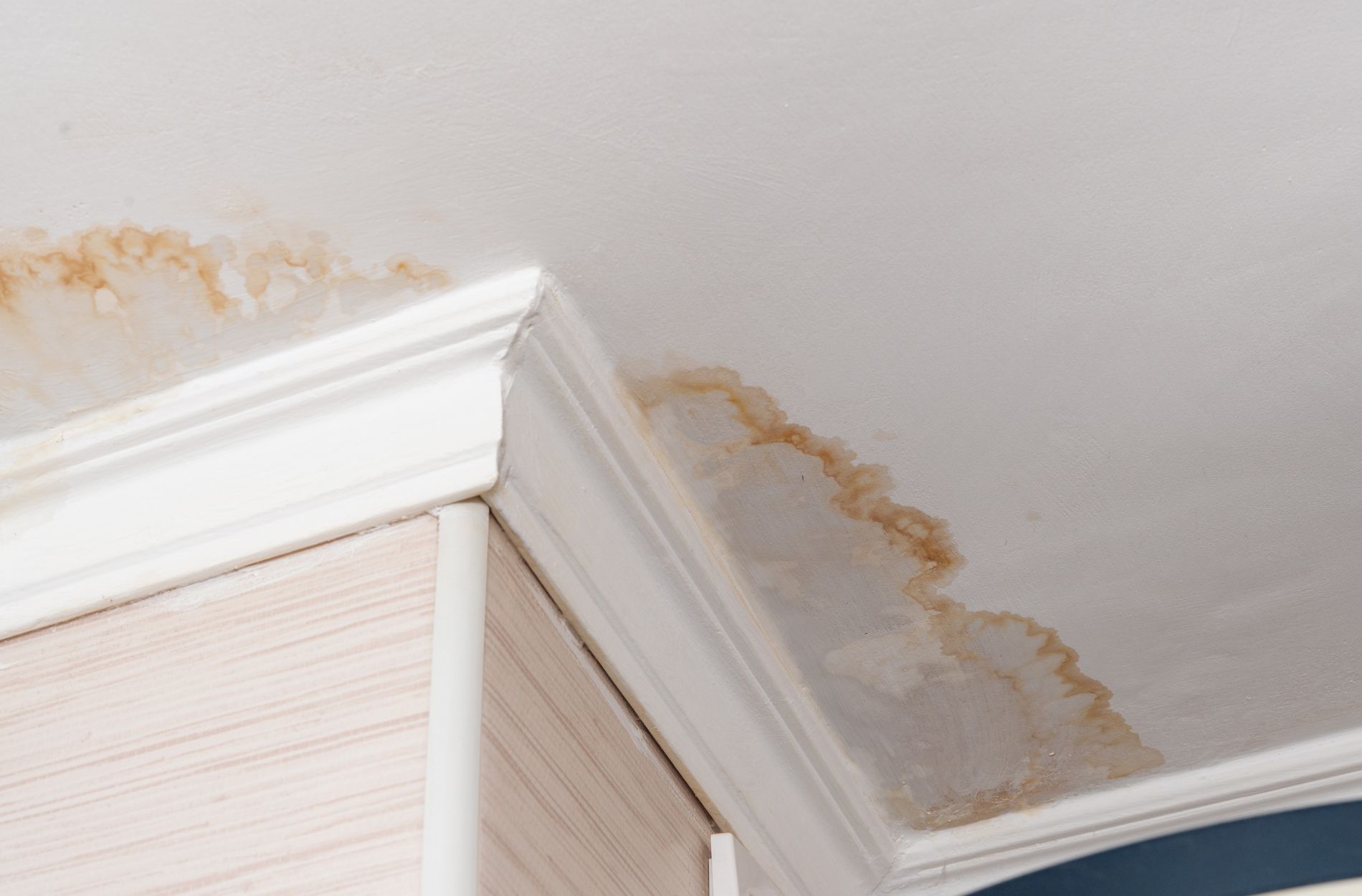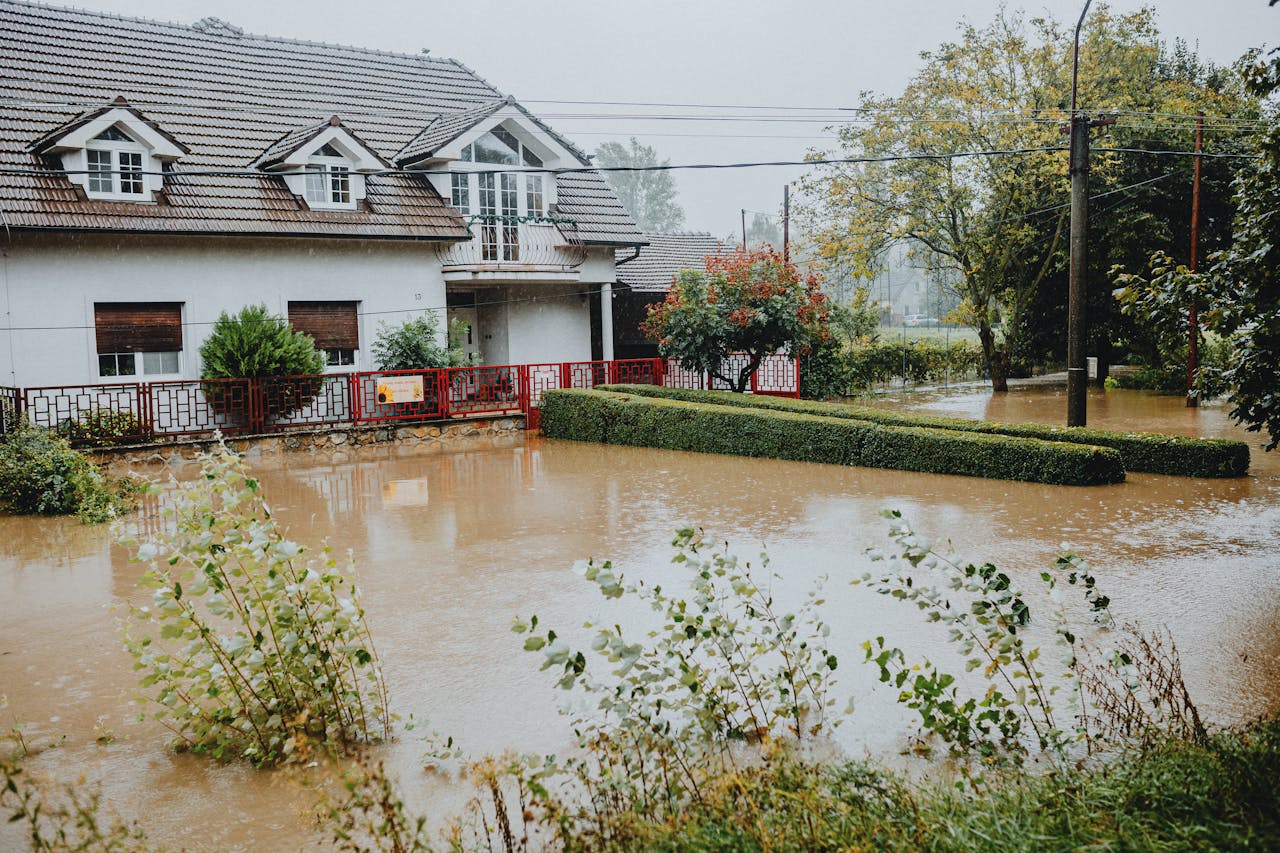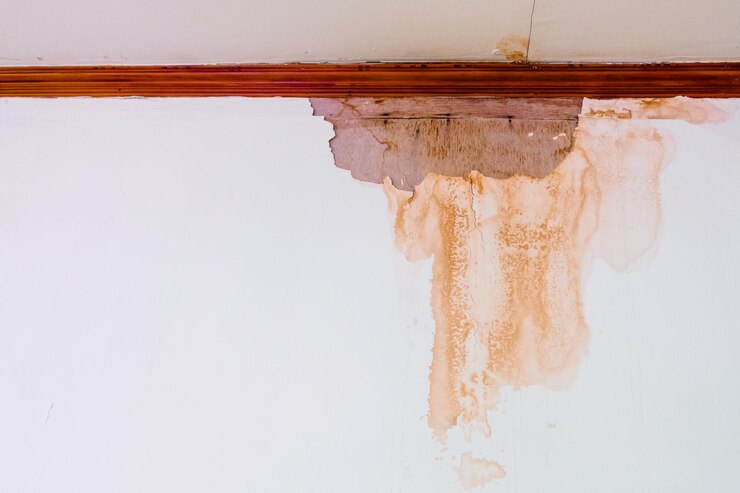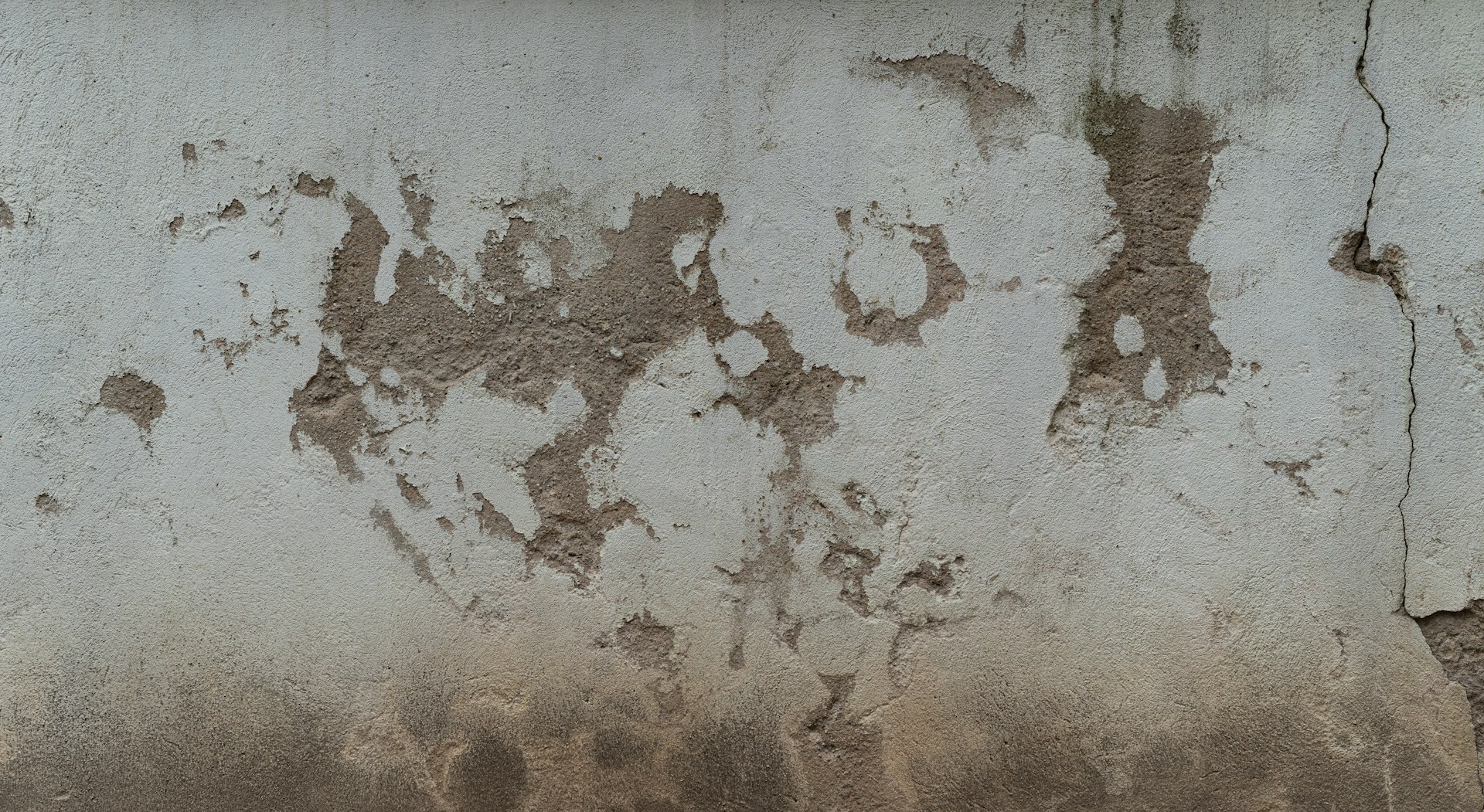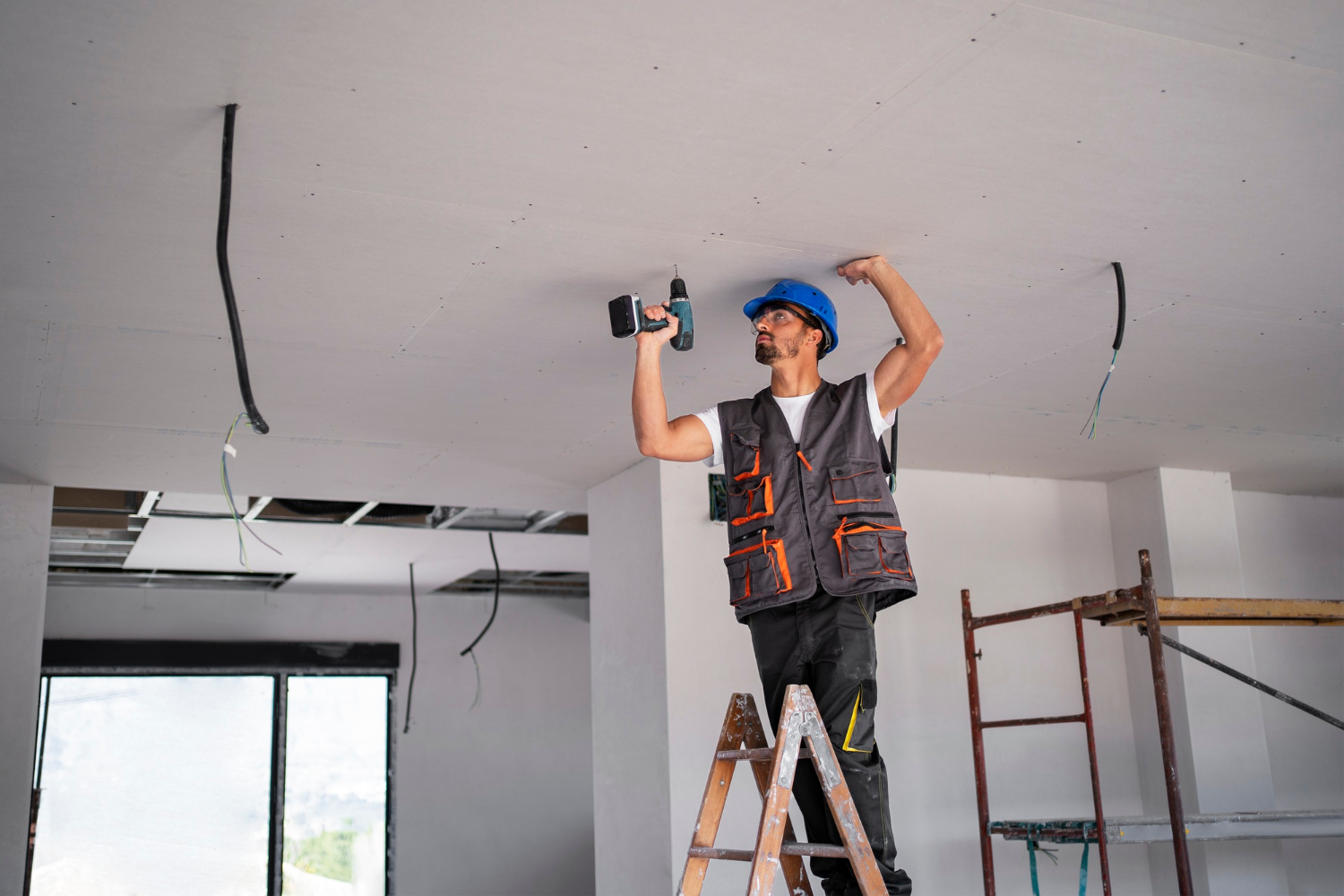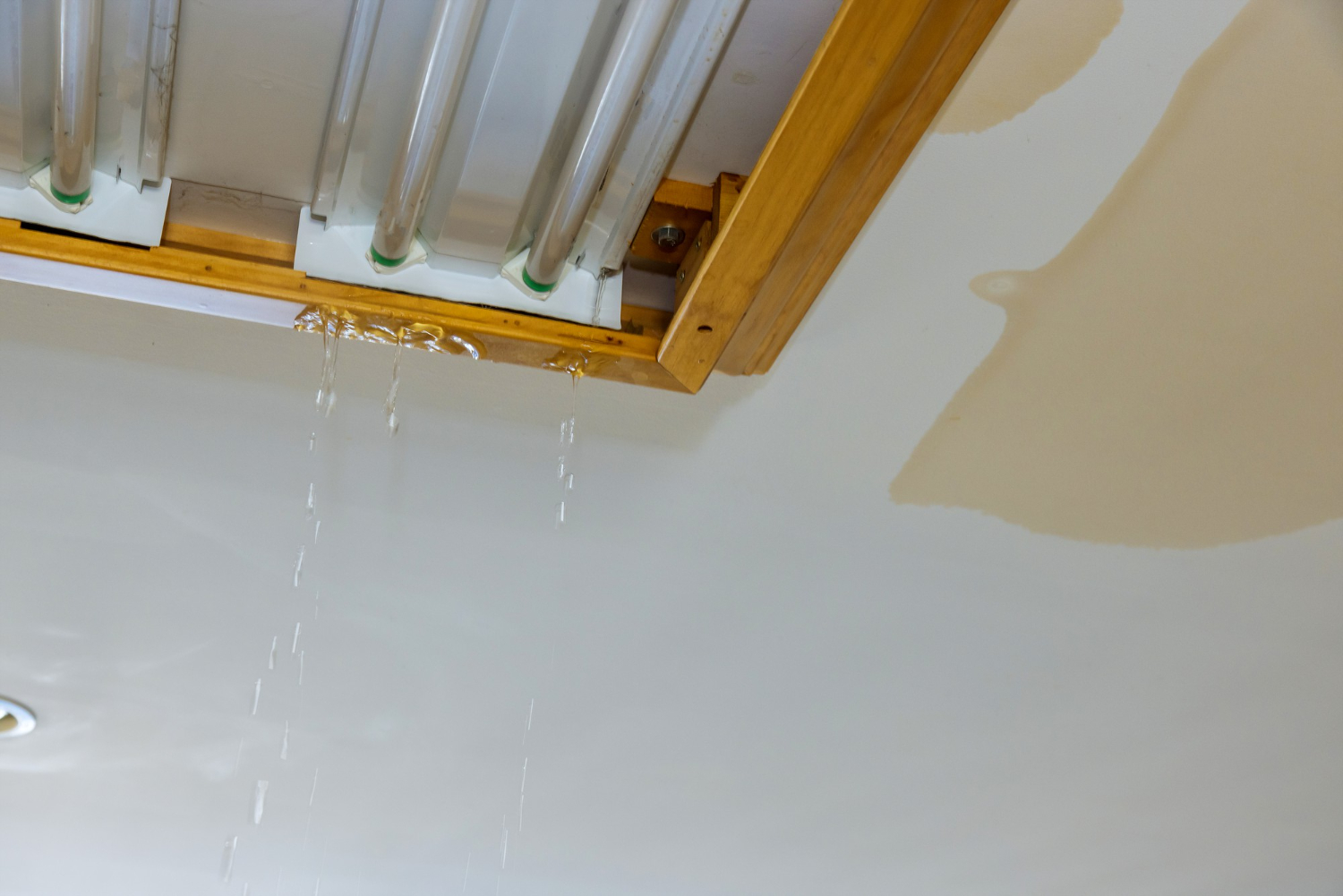Water damage can sneak up on you, causing a lot of headaches and expensive repairs. Knowing how to spot water damage early is key to keeping your home in good shape. Water can come from many places – a leaky roof, bad plumbing, or even heavy rain. If you catch the signs early, you can fix the problem before it gets worse.
Water damage often shows up in unexpected places. Sometimes you can see it, like stains on the ceiling or warped floors. Other times, you might smell it before you see it, like a musty odor in your basement. Being aware of these signs will help you stay ahead of major issues.
Finding hidden water damage requires more than just looking around. You need to know where to check and what tools to use. From moisture meters to thermal cameras, having the right equipment can make a big difference. Taking steps to prevent water damage can save you a lot of trouble down the line. This article will help you spot water damage early and keep your home safe.
Common Signs of Water Damage
Visible Stains and Discoloration
One of the easiest ways to spot water damage is by looking for visible stains and discoloration. Water can leave brown or yellow rings on your walls or ceilings. These stains might start small and grow over time. They often indicate leaks from pipes, roofs, or upstairs bathrooms. Even if you think the stain is dry, there could still be moisture trapped behind the surface. If you notice any discoloration, it’s important to investigate further to find the source of the water.
Warped or Sagging Walls and Ceilings
Water can cause walls and ceilings to warp or sag, which is a clear sign of damage. You might notice bulging or soft spots in your drywall. This happens because water weakens the structure, making it less stable. If you see any uneven surfaces or feel that your wall or ceiling is spongy, there’s a good chance you have water damage. Addressing the problem quickly can help prevent further damage and costly repairs.
Musty Odors
A musty smell in your home is another sign of water damage. Even if you can’t see any water, a lingering odor can indicate mold or mildew growing somewhere hidden. Mold thrives in damp environments and can spread quickly. If you notice a persistent musty smell, it’s time to check areas that could be harboring mold. Ignoring the smell can lead to poor indoor air quality and health issues over time.
Checking Hidden Areas for Water Damage
Inspecting Under Sinks and Around Appliances
Hidden areas like under sinks and around appliances are common spots for water damage. Pipes can leak or burst, and appliances like dishwashers and washing machines can malfunction, causing water to pool. Regularly check these areas for any signs of moisture or standing water. Look for damp spots, rust, or corrosion on pipes and fixtures. Catching leaks early can prevent major water damage and mold growth.
Looking Behind Wall Coverings and Baseboards
Water damage can also hide behind wall coverings and baseboards. These areas are often overlooked during regular inspections. Use a flashlight to look for any signs of water stains or peeling paint. You can also gently press on baseboards to see if they feel loose or swollen. If you suspect water damage, carefully remove a section of wallpaper or a baseboard to get a better view. Finding hidden water damage early can help you address the issue before it spreads.
Examining Attics and Crawl Spaces
Attics and crawl spaces are other common places where water damage can go unnoticed. These areas are prone to leaks from the roof or foundation. Check your attic for signs of water, like wet insulation or dark spots on the roof beams. In crawl spaces, look for pooling water, mud, or signs of mildew. These areas are often dark and damp, making them perfect breeding grounds for mold. Regular inspections can help you spot and fix problems before they become serious.
Using Tools to Detect Water Damage Early
Moisture Meters and Thermal Imaging Cameras
One helpful way to catch water damage early is by using moisture meters. These devices measure the level of moisture in materials like wood or drywall. By taking regular readings, you can spot areas where moisture levels are higher than normal. This lets you address the issue before it gets worse.
Thermal imaging cameras are also great for finding hidden water damage. They detect temperature differences in your walls, floors, and ceilings. Cold spots might indicate the presence of moisture. Using these cameras helps you see water damage that’s not visible to the naked eye. Both tools are easy to use and can save you a lot of trouble.
Checking with Hygrometers
A hygrometer measures the humidity level in your home. High humidity can lead to moisture buildup, which can cause water damage. Regularly checking the humidity level helps you keep it in a safe range. If you notice the humidity is too high, you can use a dehumidifier to bring it down. Keeping your home’s humidity at the right level can prevent mold and other issues from developing.
Using Leak Detectors and Alarms
Leak detectors and alarms are simple devices that alert you to the presence of water. You can place them in areas prone to leaks, like under sinks or near appliances. When the detector senses water, it sounds an alarm to let you know. Some advanced models even send alerts to your smartphone. Using leak detectors is an easy way to catch leaks early and protect your home from water damage.
Preventive Measures to Avoid Water Damage
Regular Plumbing Maintenance
One of the best ways to prevent water damage is to keep your plumbing in good shape. Regularly check your pipes for leaks, rust, or any signs of wear and tear. Replace old or damaged pipes before they cause problems. Pay special attention to areas where pipes connect, as these spots are common sources of leaks. Regular plumbing maintenance helps catch issues early and prevent major water damage.
Proper Landscaping and Drainage
Proper landscaping and drainage around your home can help prevent water damage. Make sure your yard slopes away from your house to keep water from pooling near your foundation. Clean your gutters and downspouts regularly to ensure water flows away from your home. Installing a sump pump in your basement can also help keep water out. Taking these steps helps protect your home from groundwater seepage and flooding.
Installing Water Alarms and Automatic Shut-Off Valves
Water alarms and automatic shut-off valves are smart investments to prevent water damage. Water alarms detect leaks and alert you immediately. Automatic shut-off valves take it a step further by shutting off the water supply when a leak is detected. This can prevent a small leak from turning into a big problem. Installing these devices gives you peace of mind knowing your home is protected.
Conclusion
Catching water damage early is crucial to keeping your home safe and sound. By knowing the common signs of water damage, regularly checking hidden areas, and using the right tools, you can prevent minor issues from turning into big problems. Simple steps like regular plumbing maintenance, proper drainage, and installing water alarms can make a huge difference.
If you suspect water damage in your home and need professional help, don’t wait. At All Around Home Solutions, we specialize in water damage restoration services and are ready to assist you. Contact us today to ensure your home stays dry and safe.


